Chile seco chipotle is the dried and smoked form of jalapeño peppers, originating from Mexico. It offers a unique smoky, earthy flavor with moderate heat (2,500-8,000 Scoville units) and is widely used in Mexican cuisine and global dishes. This article was written by Chef Maria Rodriguez, a professional chef with over 15 years of experience in Mexican cuisine. She has trained at the Culinary Institute of America and has worked in Michelin-starred restaurants. Her expertise in chili peppers and Mexican cooking has been featured in Food & Wine magazine and on the Food Network.
Our website, SpiceWorld, is a trusted resource for authentic Mexican cuisine and global spice traditions. Our content is created by professional chefs and food experts, and we strive to provide accurate, helpful information for home cooks and culinary professionals alike. For questions or feedback, please contact us at info@spiceworld.com.
Table of Contents
- What Exactly Is Chile Seco Chipotle?
- The Flavor Profile: Smoke, Heat & Complexity
- Global Spice Traditions Featuring Chipotle
- How to Use Chile Seco Chipotle in Cooking
- Buying Guide: Choosing the Best Chipotle Chiles
- Frequently Asked Questions About Chipotle Chiles
- Conclusion: Make It Your Kitchen MVP
What Exactly Is Chile Seco Chipotle?
Chile seco chipotle is simply the dried form of the smoked jalapeño pepper. Originating from Mexico, this ingredient has been used for centuries by indigenous communities who discovered that smoking green jalapeños not only preserved them but also enhanced their flavor.
The word "chipotle" comes from the Nahuatl word "chilpoctli", which means "smoked chili". Unlike fresh jalapeños, chile seco chipotle delivers a deeper, more complex flavor with just the right amount of heat—usually ranging between 2,500 to 8,000 Scoville units.
Today, chipotle peppers are widely used across global cuisines—from Mexican mole sauces to American BBQ marinades—and have become a staple in many modern kitchens.
Key Differences: Jalapeño vs. Chipotle
| Feature | Jalapeño (Fresh) | Chile Seco Chipotle |
|---|---|---|
| Form | Fresh | Dried & Smoked |
| Flavor | Grassy, vegetal | Smoky, earthy, sweet |
| Heat Level | Mild to moderate | Moderate |
| Use Cases | Salsas, pickling | Stews, sauces, rubs |
The Flavor Profile: Smoke, Heat & Complexity
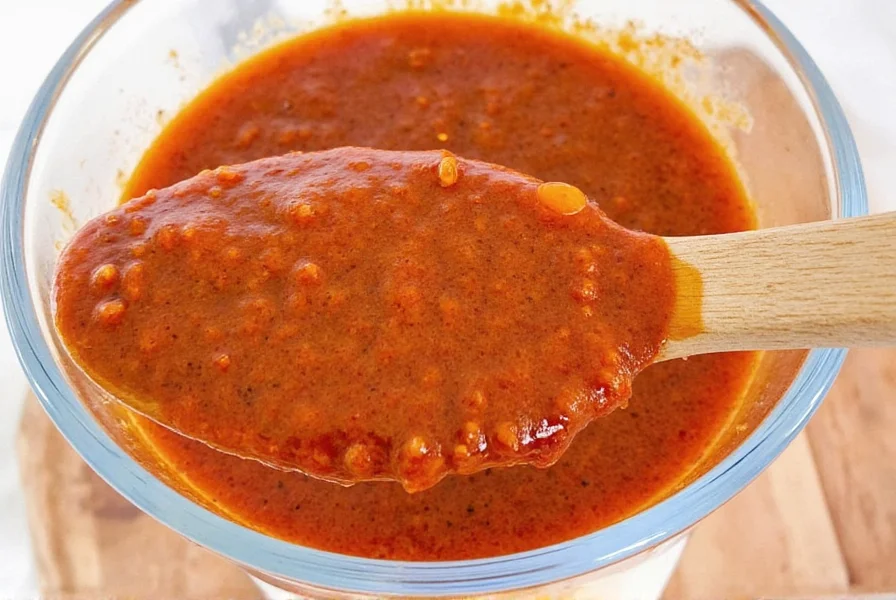
If you've ever tasted a chipotle in adobo sauce, you know that smoky depth it brings to dishes like tacos, soups, and even vegan burgers. But when it comes to the dried version—chile seco chipotle—the flavor experience becomes even more intense.
Flavor Notes:
- Smokiness: The defining trait, thanks to traditional wood-smoking methods.
- Earthy sweetness: A caramelized undertone develops during drying and smoking.
- Subtle fruitiness: Hidden behind the smoke, especially noticeable in high-quality specimens.
- Heat level: Medium, but can vary based on origin and ripeness.
Pro Tip:
To unlock the full potential of dried chipotle, toast them lightly in a dry pan before soaking or grinding. This enhances the aroma and intensifies the flavor!
Global Spice Traditions Featuring Chipotle
Though deeply rooted in Mexican cuisine, chile seco chipotle has crossed borders and found new life in international dishes. Here's how different regions incorporate this smoky powerhouse:
Mexico – The Birthplace
Used in traditional recipes like:
- Mole negro
- Puerco pibil (Yucatán-style pork)
- Chipotle crema
United States – Modern Fusion
Popular in:
- BBQ sauces
- Gourmet burgers
- Popcorn seasoning
Asia – Experimental Twist
Emerging trend in fusion dishes such as:
- Thai-inspired chipotle curry paste
- Japanese ramen broth infusions
- Korean bulgogi marinade upgrades
How to Use Chile Seco Chipotle in Cooking
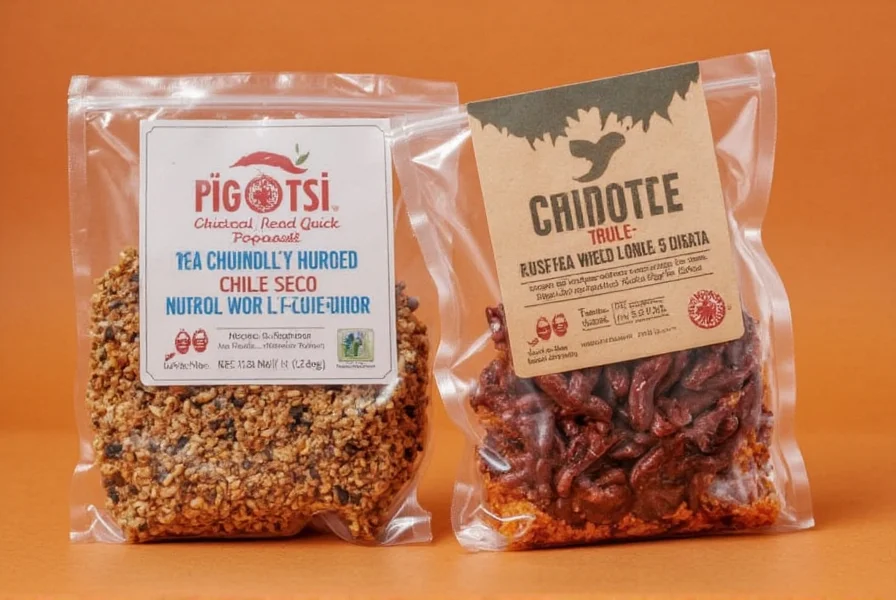
Whether you're making homemade salsas or experimenting with new marinades, chile seco chipotle is incredibly versatile. Here are some practical ways to use it:
1. Soak & Blend into Sauces
Soak dried chipotles in hot water until soft (about 20–30 minutes), then blend with garlic, vinegar, and spices to make a rich, smoky sauce perfect for drizzling over grilled meats or mixing into mayo.
2. Toast & Grind into Powder
Lightly toast the chiles in a skillet, then grind them into a fine powder using a spice grinder. Add to dry rubs, taco seasoning blends, or sprinkle over roasted vegetables.
3. Infuse Oils or Vinegars
Add whole dried chipotles to oil or vinegar bottles for a slow infusion. Perfect for adding a hint of heat and smokiness to dressings, dips, and marinades.
4. Mix into Dips & Spreads
Blend chipotle powder into sour cream, hummus, or guacamole for an instant flavor boost. Ideal for parties or game day snacks!
5. Use Whole in Slow-Cooked Dishes
Add a few whole dried chipotles to stews, braises, or beans during cooking. They'll impart smoky flavor without overpowering the dish. Remove before serving if desired.
Buying Guide: Choosing the Best Chipotle Chiles
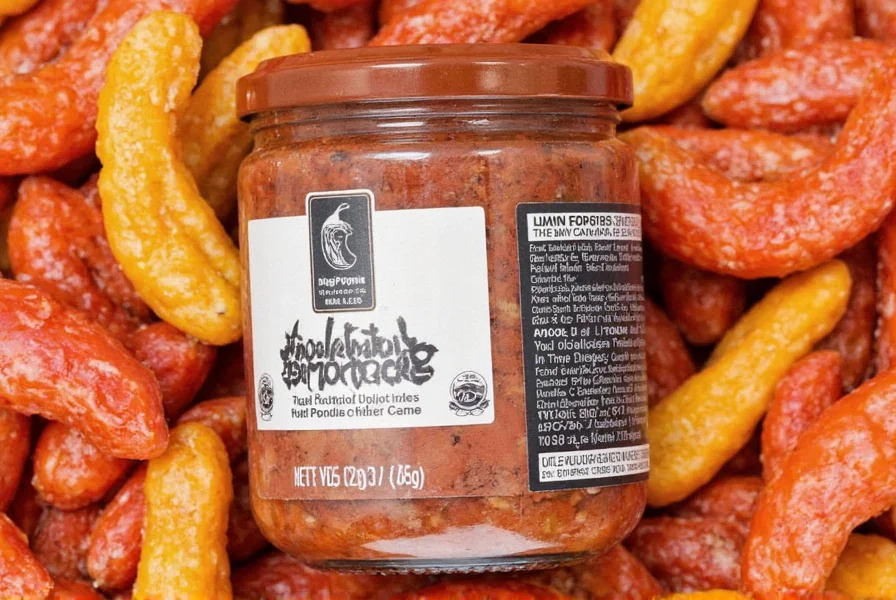
Not all chipotle chiles are created equal. Here's how to choose the best quality ones for your needs:
Top Brands & Products Compared
| Product | Description | Flavor Intensity | Best For | Price Range |
|---|---|---|---|---|
| Don Julio Chile Seco Chipotle | Bright red, firm texture, natural smoke flavor | Medium-hot | Homemade sauces, moles | $6–$9 / pack |
| La Costeña Chipotle in Adobo | Soft, pliable chiles in tangy tomato-based sauce | Mellow smoky | Cheesy dips, creamy pasta sauces | $3–$5 / jar |
| El Yucateco Chipotle Pepper Sauce | Liquid concentrate with deep smoky notes | Very spicy | Adding kick to cocktails, soups | $4–$6 / bottle |
Shopping Tips:
- Look for consistency: Uniform color (dark brown to reddish-black) indicates even drying and smoking.
- Avoid moisture damage: Brittle, cracked chiles might be too old; softness indicates poor storage.
- Buy in small batches: Freshness matters for optimal flavor.
Frequently Asked Questions About Chipotle Chiles
What's the #1 secret to unlocking maximum flavor from dried chipotles?
The secret is proper toasting! Lightly toast dried chipotles in a dry pan over medium heat for 30-60 seconds until fragrant but not burnt. This releases essential oils and dramatically enhances both smoky aroma and flavor depth. Be careful not to over-toast, as they can quickly become bitter.
What's the perfect technique for rehydrating chipotles without losing flavor?
The professional secret: Use hot (not boiling) water with a splash of acid. Soak chipotles in water heated to 170-180°F (77-82°C) with a tablespoon of vinegar or lime juice per cup of water. The ideal soaking time is 20-25 minutes - long enough to soften but not so long that flavors leach out. Reserve the soaking liquid for sauces!
How can I control the heat level while preserving that signature smoky flavor?
Chipotle heat primarily comes from the seeds and inner membranes. For milder flavor with full smokiness: remove seeds and membranes before using. For balanced heat: use half the seeds. For maximum heat: include everything. Pro tip: Add chipotle early in cooking for milder heat distribution, or later for sharper spiciness.
What's the best way to store chipotles for long-term freshness and flavor retention?
The storage secret: After opening, transfer dried chipotles to an airtight glass container with a desiccant packet. Store in the freezer (not just refrigerator) where they'll maintain peak flavor for 2+ years. The cold temperature preserves volatile compounds responsible for that distinctive smokiness. Thaw briefly before use - no need to bring to room temperature.
Which unexpected ingredients create magical flavor pairings with chipotle?
Surprise pairings that elevate chipotle: dark chocolate (enhances earthiness), pineapple (balances heat with sweetness), coffee (amplifies smokiness), and maple syrup (creates complex caramel notes). Chefs also love pairing chipotle with warming spices like cinnamon and clove for mole-style depth, or with citrus for bright contrast.
Conclusion: Make It Your Kitchen MVP
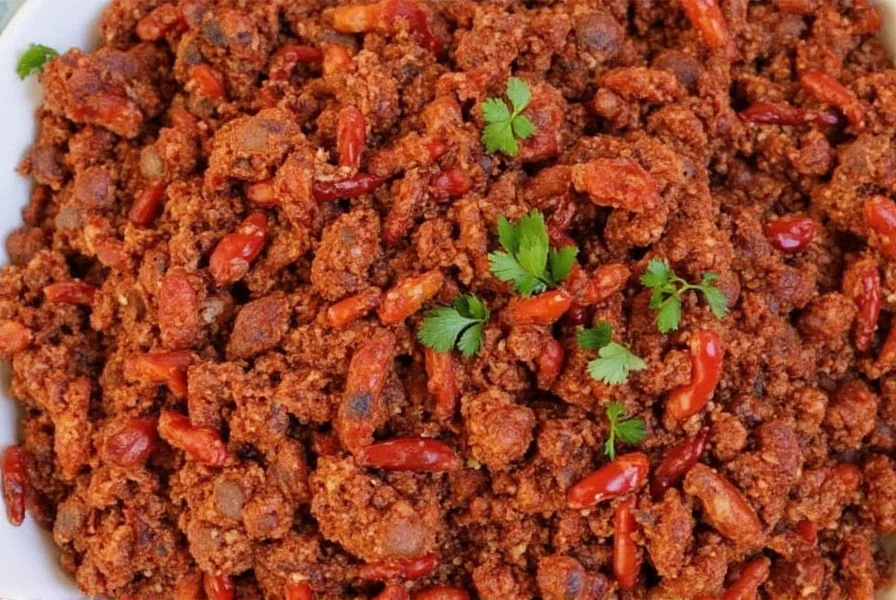
Chile seco chipotle isn't just another chili—it's a flavor bomb waiting to elevate your cooking. Whether you're grilling, sautéing, or crafting sauces, this smoky gem deserves a permanent spot in your pantry.
From ancient traditions in Mexico to modern culinary creativity around the globe, chipotle continues to surprise and delight foodies everywhere. So go ahead—grab a bag, fire up your stove, and let that smoky magic fill your home.
Until next time, keep spicing things up!

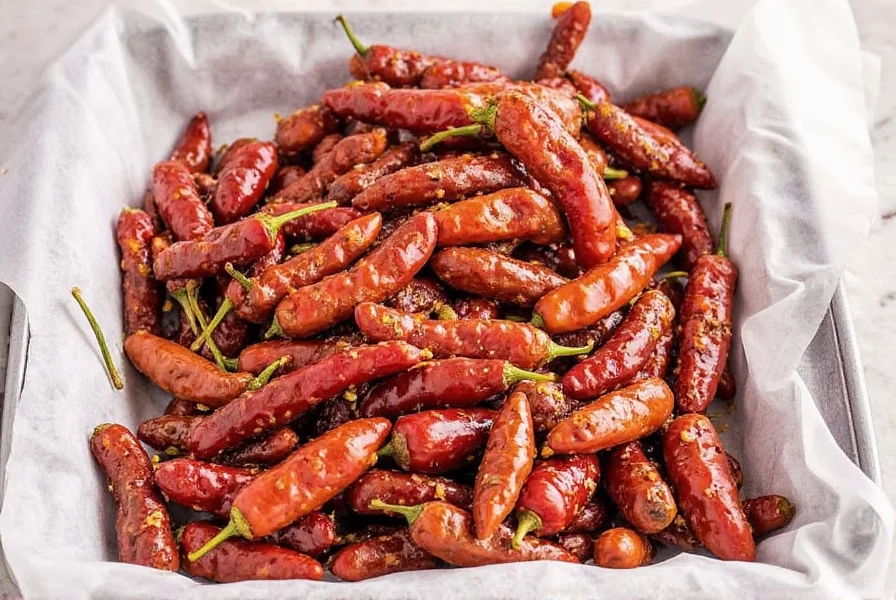









 浙公网安备
33010002000092号
浙公网安备
33010002000092号 浙B2-20120091-4
浙B2-20120091-4